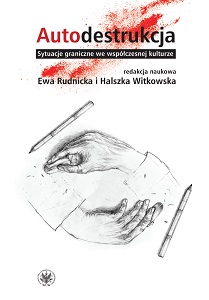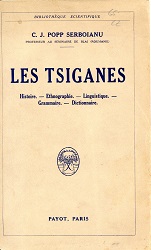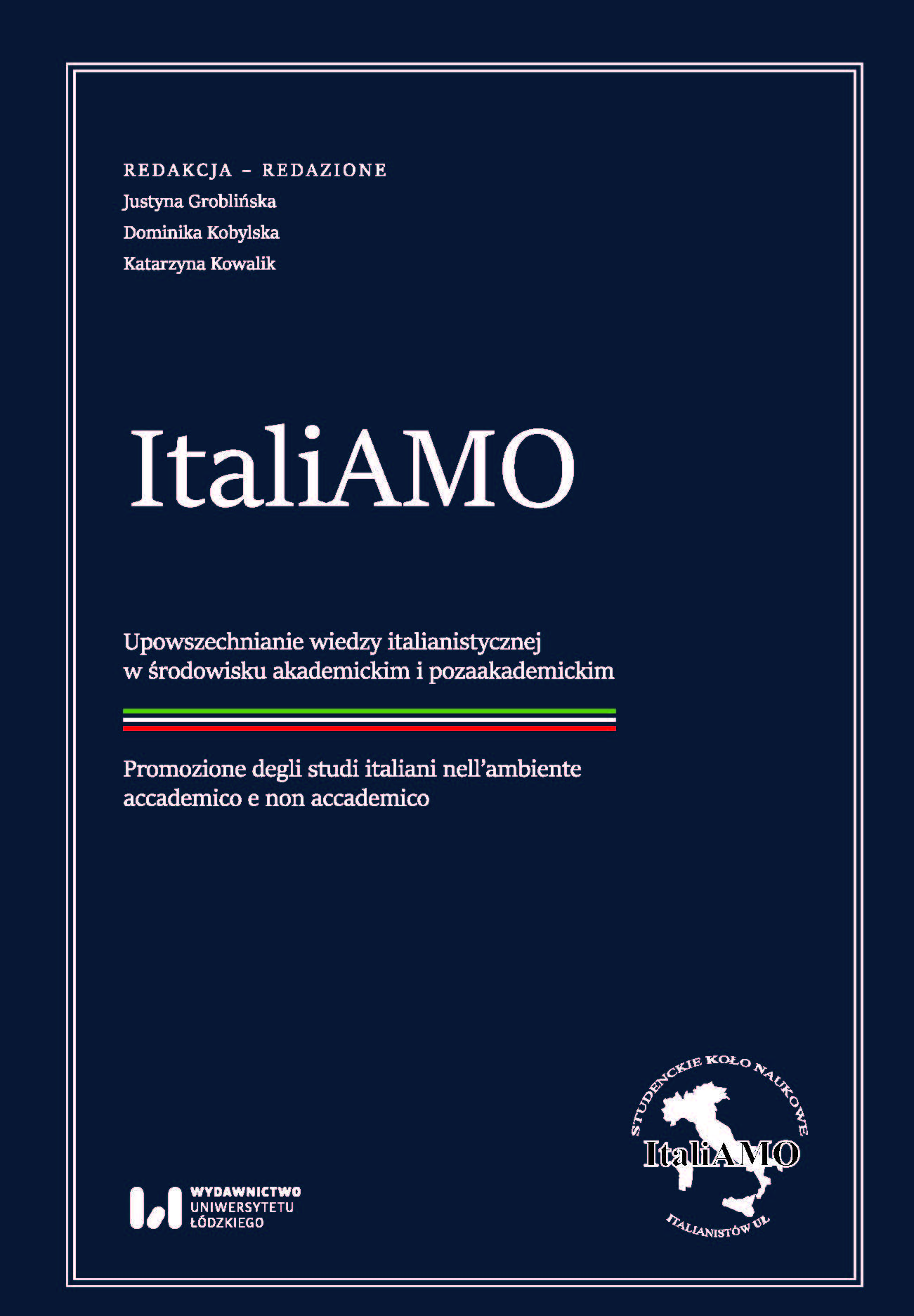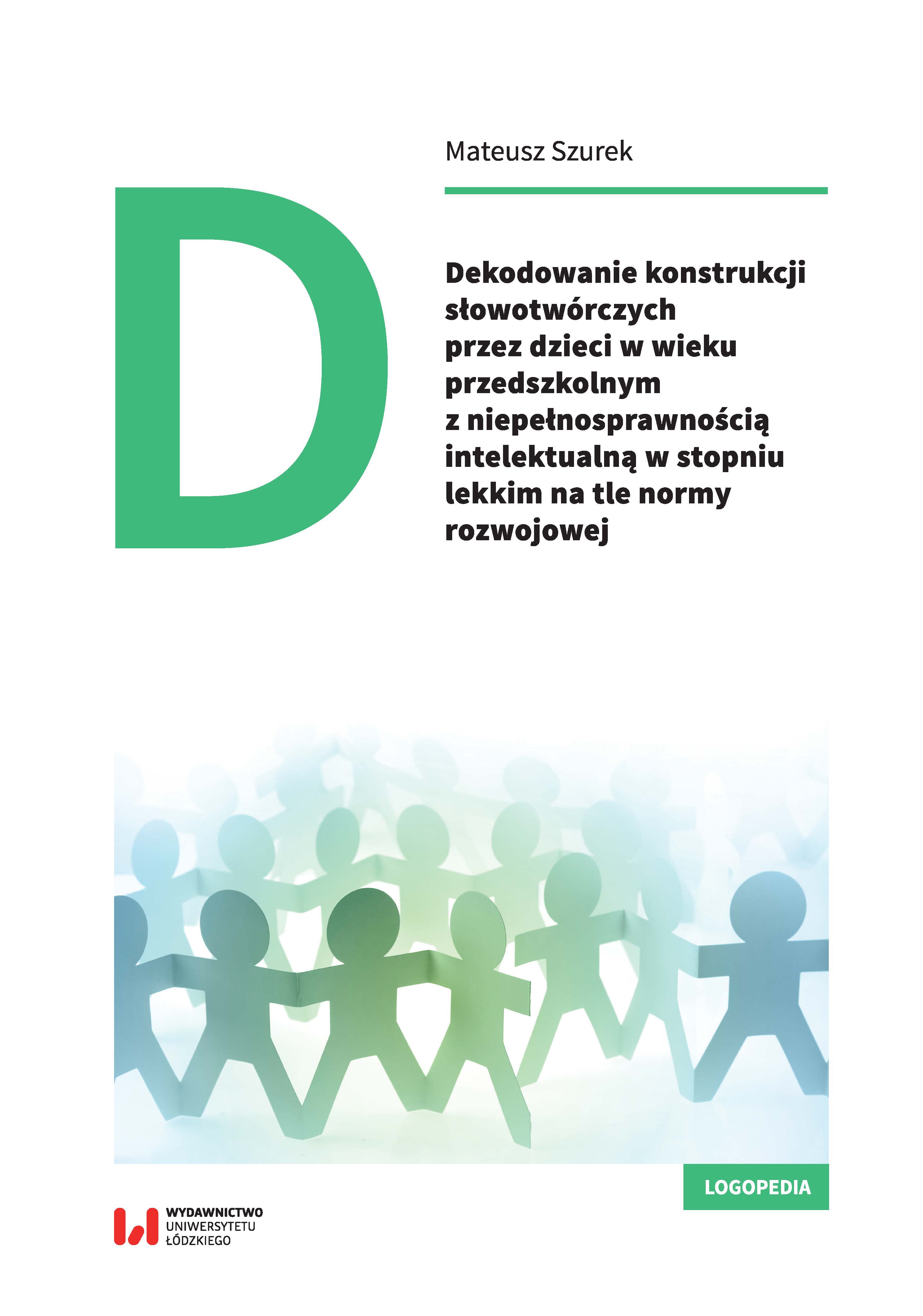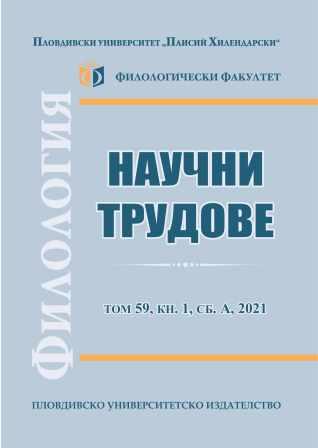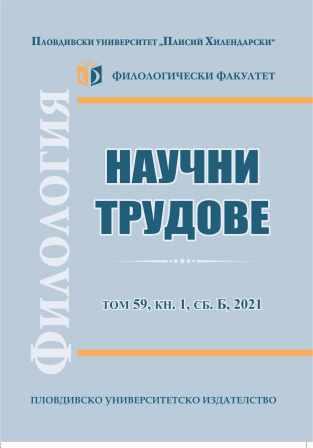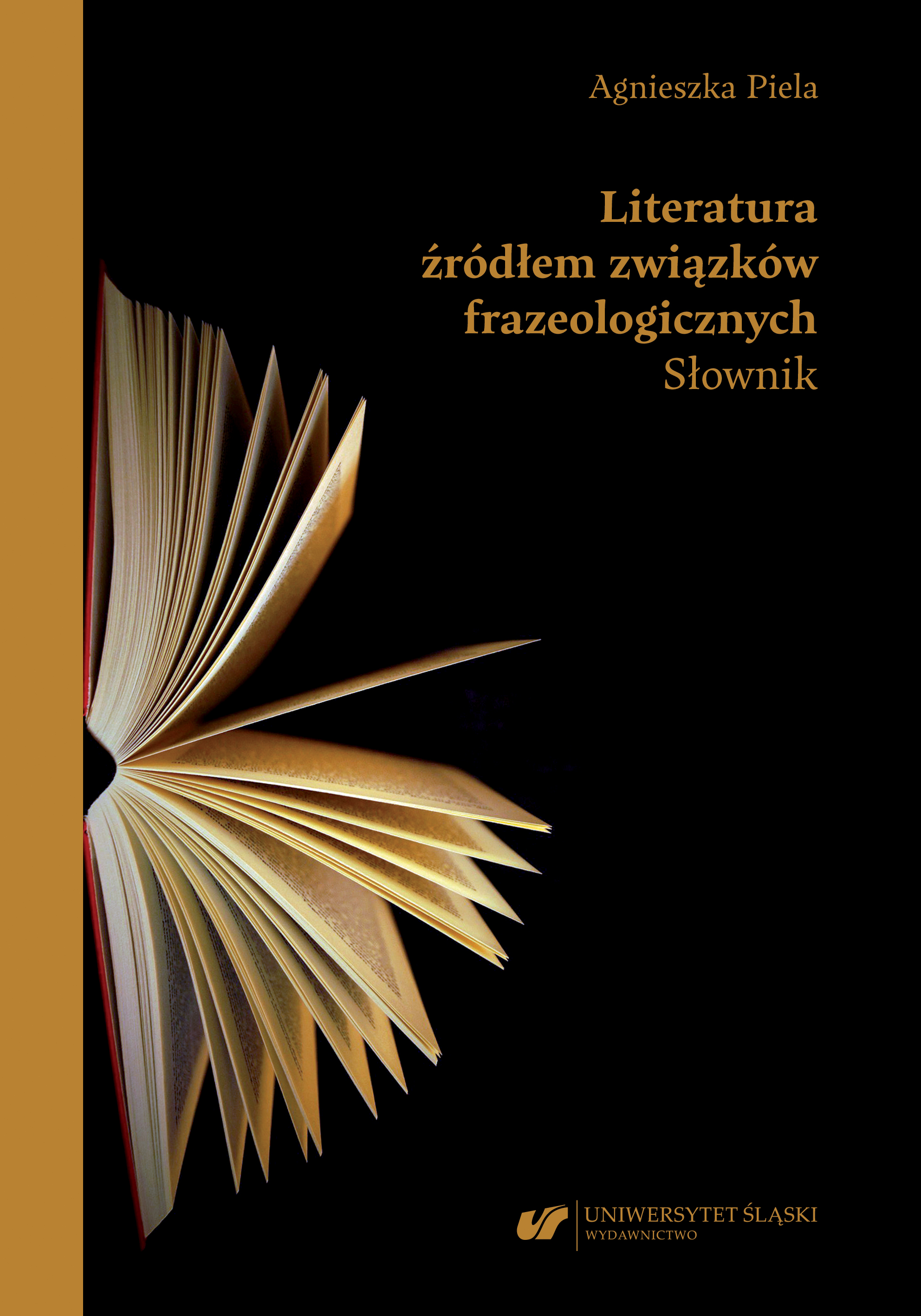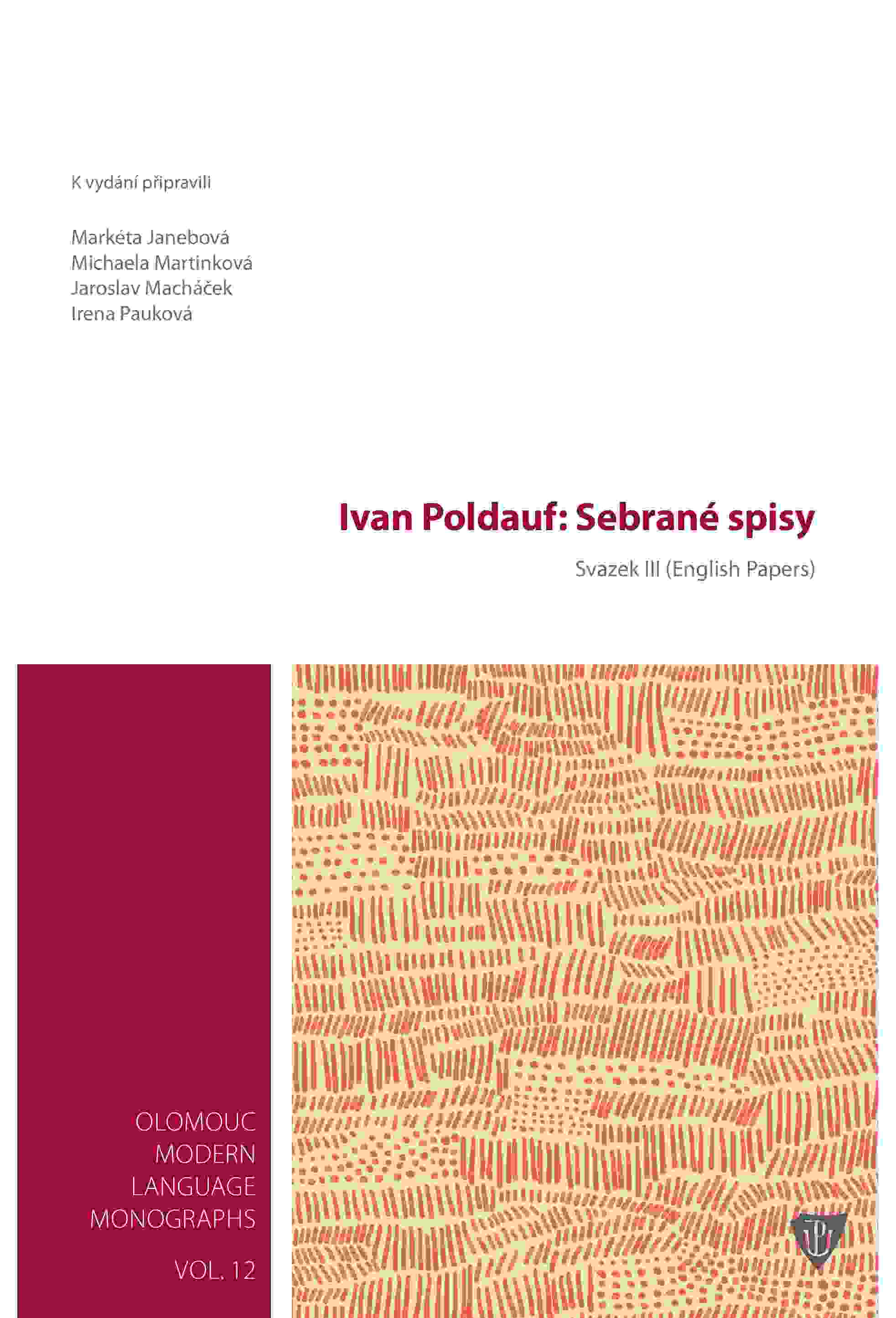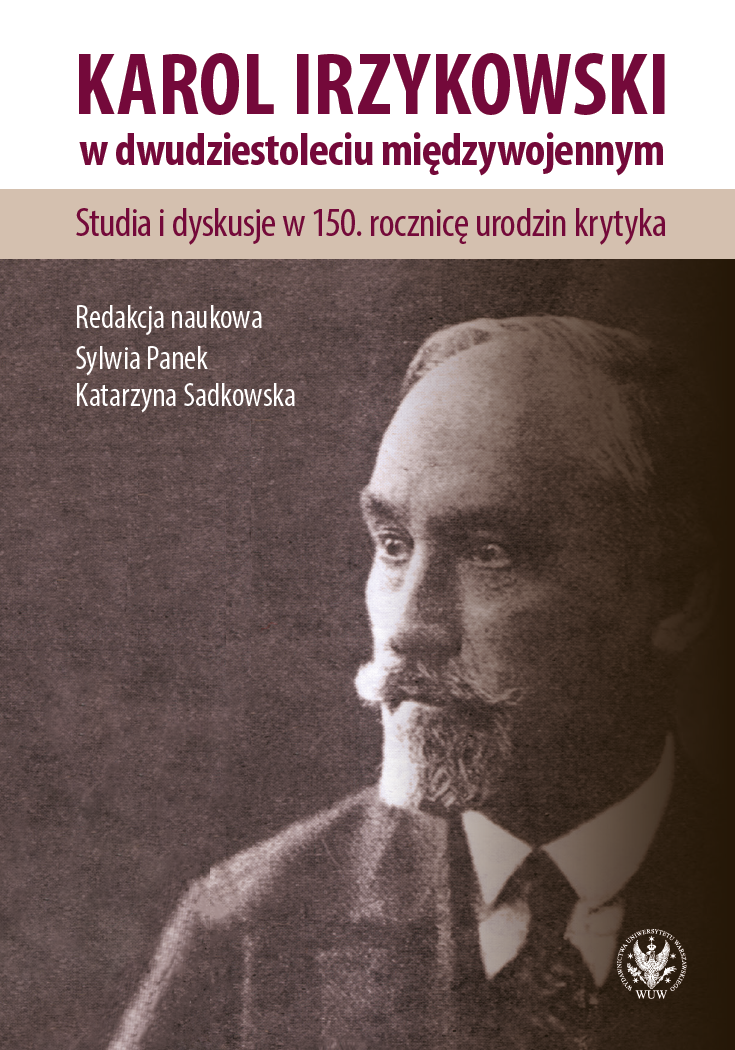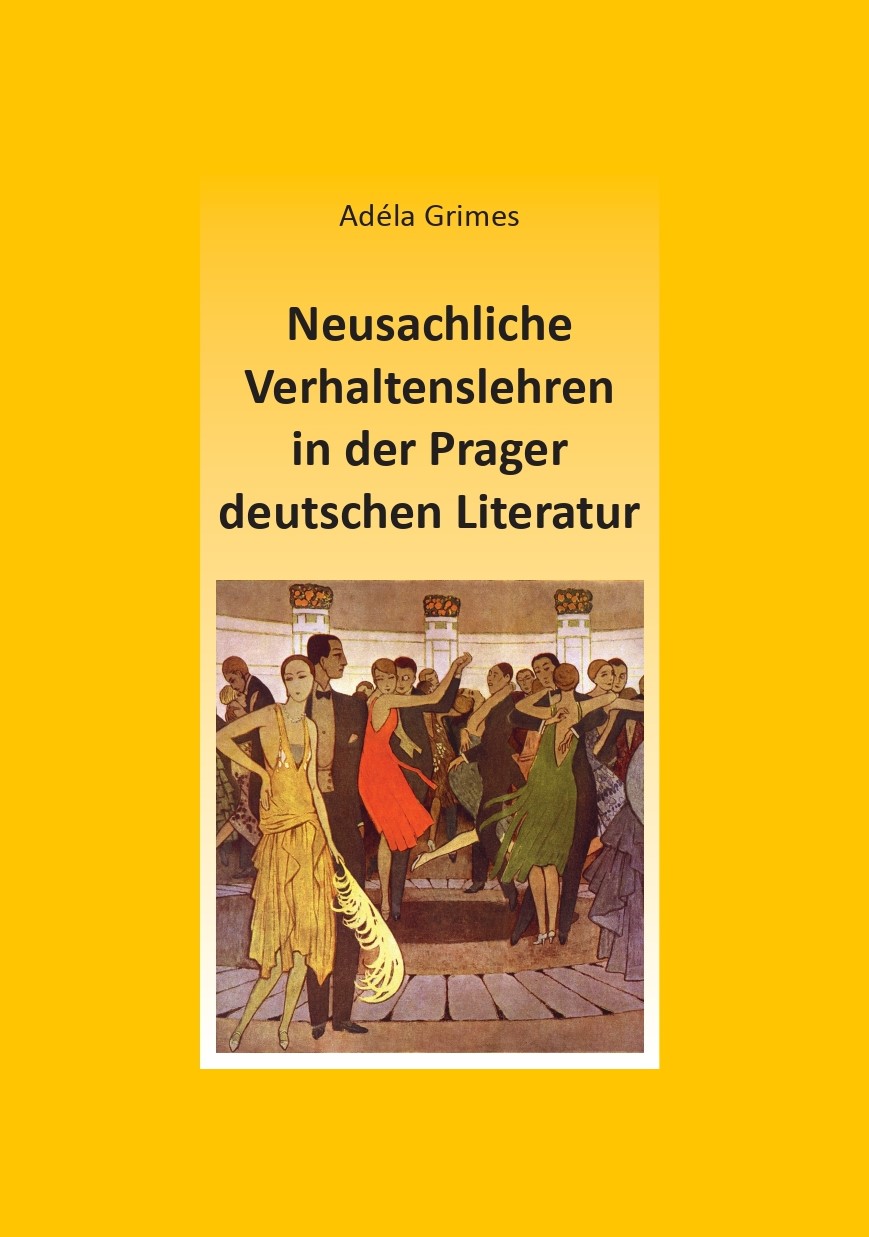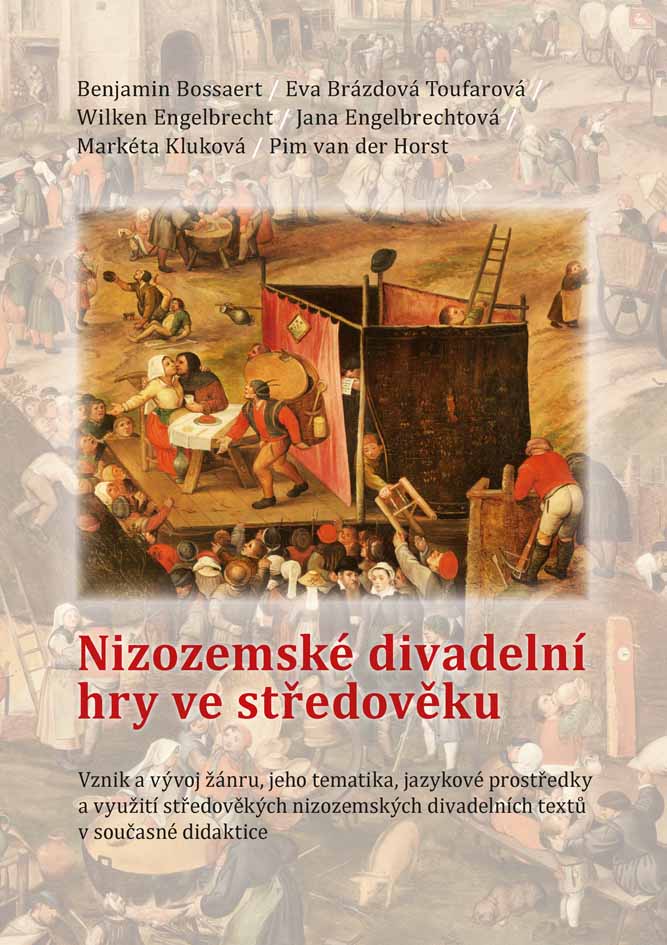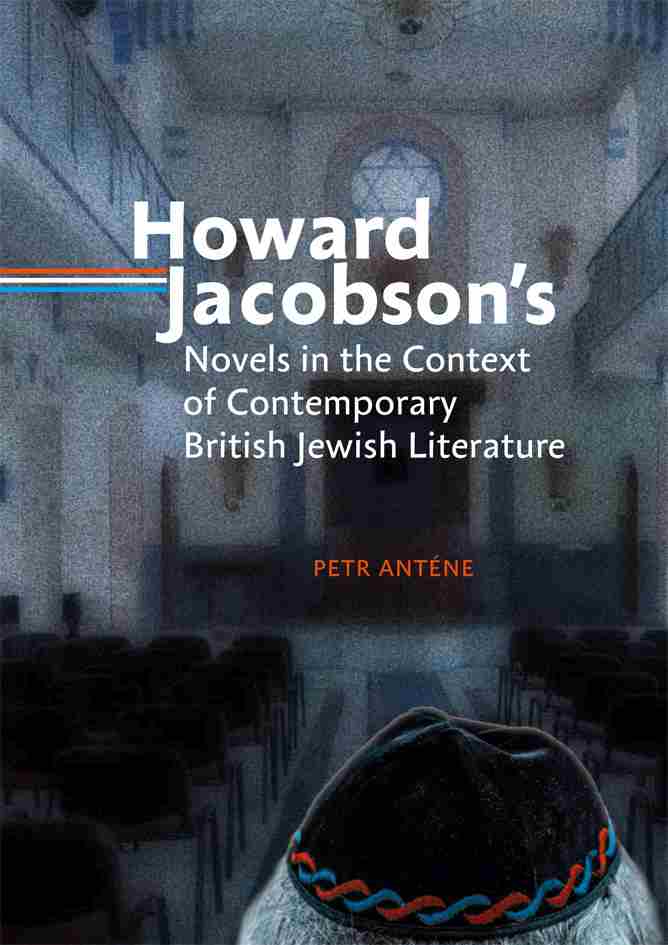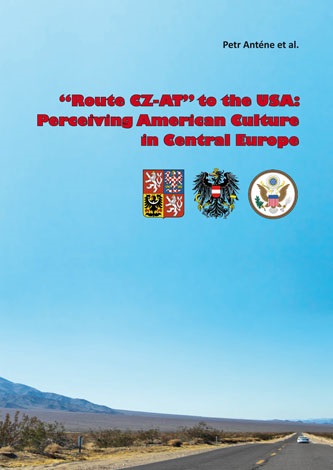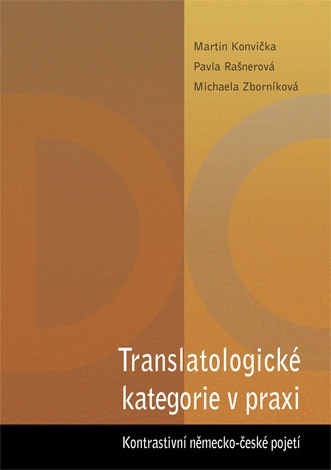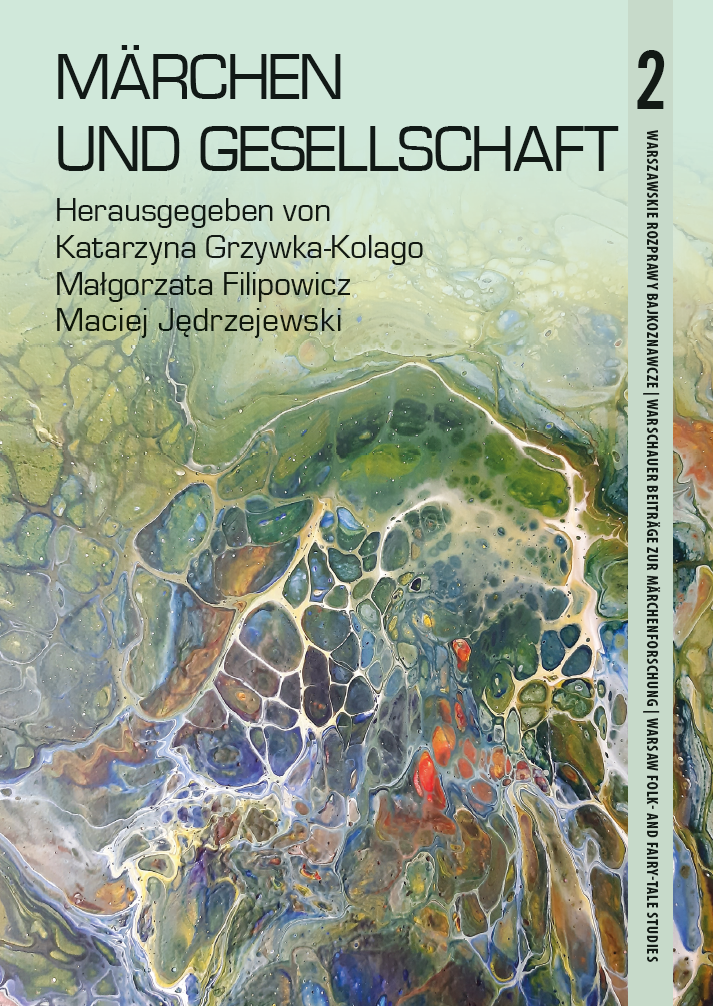
Ethos rycerski w kulturze. Tradycje i kontynuacje. T. I: W kręgu średniowiecza
This multiauthored monograph puts forward an interdisciplinary approach to the chivalric code, developed in the Middle Ages, whose broad tradition has expanded since those times up to the 21st century and is cultivated in various areas of life, both in Europe and the rest of the world. The authors gathered in this work belong to numerous disciplines, including history, literary studies, and cultural studies; moreover, among the texts included, one might find even the papers contributed by an archaeologist and a sport historian. By all means does it prove that the issue tackled in this monograph touches upon an important cultural phenomenon, which – regardless of the influences and “borrowings” exchanged between the differing civilisations – lays the foundations for the development of any of the human communities. The work is recommended not only to scholars, but also to a broader audience of people interested in the chivalric culture with is traditions and shifts.
More...
